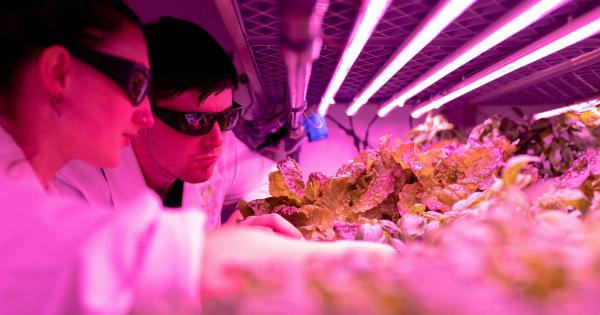Human Immunodeficiency Virus (HIV) is an infectious virus that attacks the body’s immune system, leaving individuals vulnerable to infections and illnesses.
While it can affect anyone regardless of age, gender, or sexual orientation, pregnant women with HIV require specialized medical care to prevent mother-to-child transmission (MTCT) of the virus.
This article aims to explain the basics of HIV transmission during pregnancy and provide an overview of the prevention and treatment options available for mothers living with HIV.
What is Mother-to-Child Transmission (MTCT) of HIV?
MTCT refers to the transmission of HIV from an infected mother to her child during pregnancy, childbirth, or breastfeeding. The virus can be transmitted through blood, breast milk, vaginal fluids, and semen.
The risk of MTCT is highest during the late stages of pregnancy and childbirth when the mother’s viral load is high. However, there is also a risk of transmission during breastfeeding, as the virus can be present in breast milk.
The Importance of HIV Testing During Pregnancy
Early detection and treatment of HIV is essential to prevent MTCT. All pregnant women should be screened for HIV as part of routine prenatal care, ideally during the first trimester.
If the mother tests positive for HIV, she can receive antiretroviral therapy (ART) to suppress the virus and reduce the risk of transmission to her baby.
Additionally, infant testing for HIV should take place within the first six weeks of life to detect any transmission that may have occurred during pregnancy or childbirth.
Follow-up testing is recommended at 18 months of age to confirm the infant’s HIV status.
Preventing MTCT of HIV
Preventing MTCT of HIV involves a combination of HIV testing, medical interventions, and lifestyle changes. Here are some ways to prevent mother-to-child transmission:.
Antiretroviral Therapy (ART)
ART involves taking a combination of HIV medications to reduce the viral load and prevent the virus from replicating. Pregnant women living with HIV should start ART as soon as possible, ideally during the first trimester.
ART is also recommended during labor and delivery to reduce the risk of transmission to the infant.
Cesarean Section (C-Section)
If a woman’s viral load is high, she may be advised to deliver her baby via C-section instead of vaginal delivery to reduce the risk of transmission.
However, this option is usually reserved for women with high viral loads and the decision should be made on a case-by-case basis.
Formula Feeding
While breastfeeding provides numerous health benefits for both the mother and baby, it is not recommended for women living with HIV. Instead, they should exclusively feed their baby formula to reduce the risk of transmission through breast milk.
Managing HIV During Pregnancy and After Birth
Managing HIV during pregnancy and after birth is crucial for the health of both the mother and her baby. Here are some things to consider:.
Prenatal Care
Prenatal care is essential for pregnant women living with HIV to manage their condition and prevent MTCT. Regular check-ups, blood tests, and ultrasound scans can help monitor the mother’s viral load and ensure the baby is developing properly.
Delivery Planning
Delivery planning involves discussing the options for delivering the baby with your healthcare provider based on your viral load and other factors.
It’s important to have a birth plan in place so that any necessary medical interventions can be carried out in a timely manner.
Postpartum Care
After giving birth, it’s important for women living with HIV to continue their ART and follow-up with their healthcare provider for regular testing and care.
They should also avoid breastfeeding and practice safe sex to prevent transmission of the virus to their partner.
Conclusion
HIV transmission during pregnancy is a serious concern, but with appropriate medical care and lifestyle changes, the risk can be greatly reduced.
Pregnant women living with HIV should work closely with their healthcare provider to ensure they receive the highest quality of care possible to protect themselves and their babies.





























